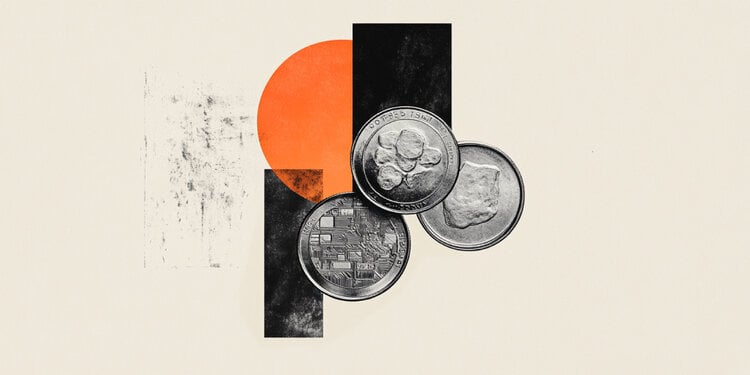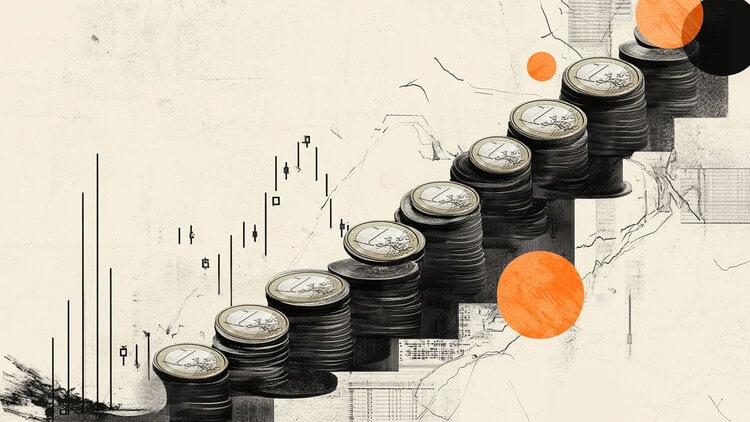- The USD/JPY weakens about 143.85 in Monday’s Asian session, lowering 0.53% in the day.
- The expectations of interest rate cuts of the Fed undermine the US dollar.
- The operators prepare for the FED statements later on Monday, before the Tankan survey of the second quarter of the Bank of Japan.
The USD/JPY attracts some sellers around 143.85 during the Asian session on Monday. The US dollar (USD) weakens in front of the Japanese yen (JPY) in the midst of an increase in betting bets of Federal Reserve Interest (Fed). Later on Monday, the president of the Fed of Atlanta, Raphael Bostic, and the president of the Fed of Chicago, Austan Goolsbee, will make statements.
United States (USA) and China are close to a tariff agreement. However, US President Donald Trump unexpectedly finished commercial discussions with Canada, adding uncertainty to the positive perspective of the market.
In addition, operators are committed to the US Central Bank will cut the rates more times and possibly before expected. The markets are valuing in almost 92.4% the probabilities of a reduction of a quarter cord of the Fed, compared to 70% of a week before, according to the Fedwatch tool of the CME.
As for the data, the Personal Consumption Expenditure Index (PCE) increased a 2.3% year -on -year in May, compared to 2.2% in April (reviewed from 2.1%), according to the US Economic Analysis Office on Friday. This reading was in line with market expectations. Meanwhile, the underlying PCE index, which excludes volatile food and energy prices, rose 2.7% in May, after the 2.6% increase (reviewed from 2.5%) observed in April.
On the other hand, the caution posture of the Bank of Japan (BOJ) regarding increasing interest rates could weigh on the JPY and create a tail wind for the pair. Looking forward, the operators will be attentive to the next quarterly tankan survey of the BOJ for the second quarter (Q2), which will be published later on Tuesday, in search of a new impulse.
And in Japanese faqs
The Japanese Yen (JPY) is one of the most negotiated currencies in the world. Its value is determined in general by the march of the Japanese economy, but more specifically by the policy of the Bank of Japan, the differential between the yields of the Japanese and American bonds or the feeling of risk among the operators, among other factors.
One of the mandates of the Bank of Japan is the currency control, so its movements are key to the YEN. The BOJ has intervened directly in the currency markets sometimes, generally to lower the value of YEN, although it abstains often due to the political concerns of its main commercial partners. The current ultralaxy monetary policy of the BOJ, based on mass stimuli to the economy, has caused the depreciation of the Yen in front of its main monetary peers. This process has been more recently exacerbated due to a growing divergence of policies between the Bank of Japan and other main central banks, which have chosen to abruptly increase interest rates to fight against inflation levels of decades.
The position of the Bank of Japan to maintain an ultralaxa monetary policy has caused an increase in political divergence with other central banks, particularly with the US Federal Reserve. This favors the expansion of the differential between the American and Japanese bonds to 10 years, which favors the dollar against Yen.
The Japanese Yen is usually considered a safe shelter investment. This means that in times of tension in markets, investors are more likely to put their money in the Japanese currency due to their supposed reliability and stability. In turbulent times, the Yen is likely to be revalued in front of other currencies in which it is considered more risky to invest.
Source: Fx Street
I am Joshua Winder, a senior-level journalist and editor at World Stock Market. I specialize in covering news related to the stock market and economic trends. With more than 8 years of experience in this field, I have become an expert in financial reporting.







